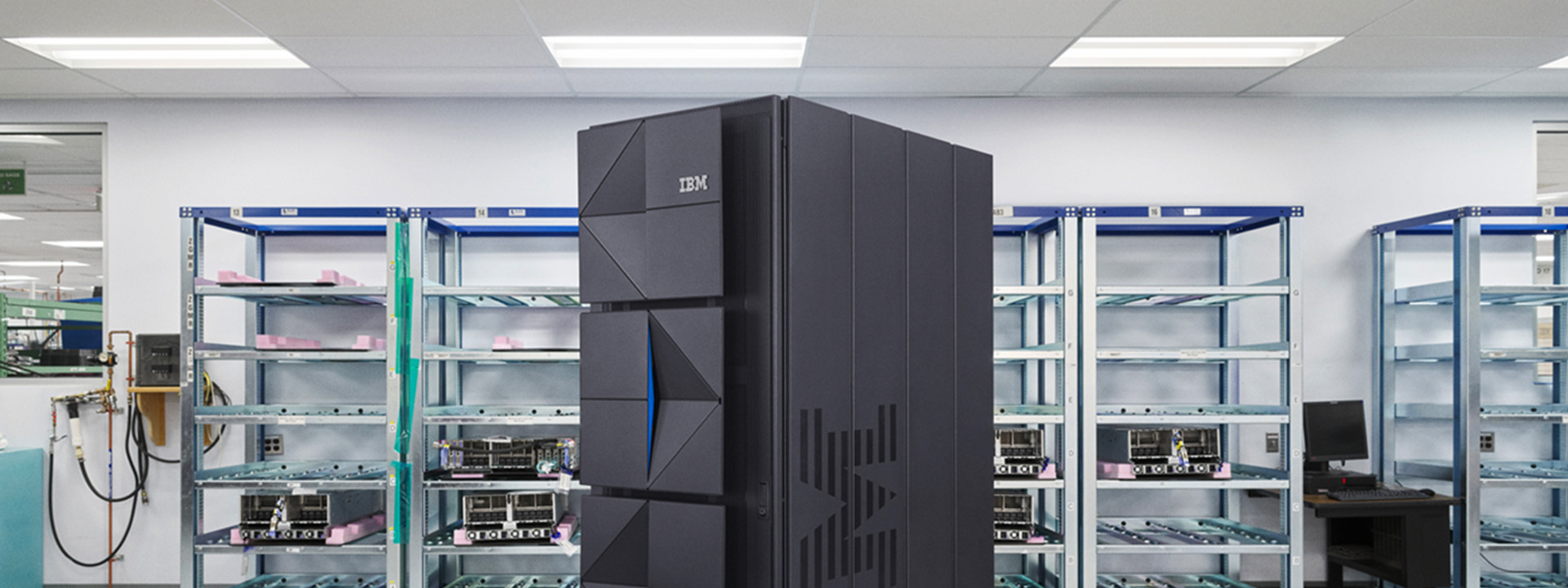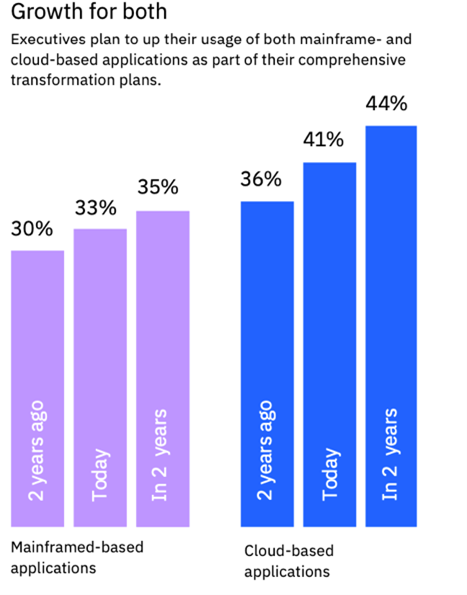Latest News
Cloud or Mainframe? The Answer is Both

To respond to the ongoing pressures of the global pandemic, businesses around the world have turbo-charged their digital transformations. Everywhere you look, companies face an acute need for...
To respond to the ongoing pressures of the global pandemic, businesses around the world have turbo-charged their digital transformations. Everywhere you look, companies face an acute need for speed to market, flexibility, nimbleness and, of course, ongoing innovation.
These priorities are why companies are looking to take advantage of cloud computing. But it is not straightforward; it's not just the hop to public cloud. Clients have issues of security and data gravity, of complex systems that are expensive to migrate. Strategically, they have concerns about optionality, about lock in, about discovering that their cloud providers have just become their competitors. These realities explain why so few clients have made a wholesale move to cloud.
The unique needs each company faces in their business transformation journey require a diverse mix of applications and environments including traditional data centers, edge computing and SaaS. What is the role of the mainframe in today’s IT infrastructure?
According to a recent IBM study*, the vast majority (a whopping 71%) of IT executives surveyed from major corporations across seven industries say critical mainframe-based applications not only have a place in their IT platforms today but are central to their business strategy. And in three years, the percentage of organizations leveraging mainframe assets in a hybrid cloud environment is expected to increase by more than two-fold. Four of five executives say their organizations need to rapidly transform to keep up with competition, which includes modernizing mainframe-based apps and adopting a more open approach to cloud migration.
A hybrid cloud approach that includes and integrates mainframe computing can drive up to five times the value of a public cloud platform alone – and the main sources of value are in five categories: increased business acceleration, developer productivity, infrastructure efficiency, risk and compliance management, and long-term flexibility. With the billions of dollars our clients have invested in business-critical mainframe applications like financial management, customer data and transaction processing over the years, this strategy holds true for IBM’s global consulting practice. Our clients’ primary goal is to modernize those existing investments and minimize risk while delivering hybrid cloud innovation.
Digital transformation is not an “either-or” process. We guide our clients on the application modernization journey with these key recommendations:
First, adopt an iterative approach. Many enterprises are experiencing firsthand the complexity of their IT estates. Continuing to add to the existing vertical cloud silos is undercutting their flexibility by making processes related to development, operations, and security even more fragmented than before – and cloud fragmentation makes it virtually impossible to achieve the standardization and scale that cloud promises to deliver. Therefore, part of your plan to integrate new and existing environments must factor in your industry and workload attributes to co-create a business case and road map designed to meet your strategic goals. Adopt an incremental and adaptive approach to modernization as compared to a big bang. Leverage techniques such as coexistence architecture to gradually make the transition to the integrated hybrid architecture.
Then, assess your portfolio and build your roadmap. To understand your desired future state, first assess your current state. Examine the capabilities that define the role of the mainframe in your enterprise today and how those capabilities tie into the greater hybrid cloud technology ecosystem. In addition, take stock of your existing talent and resources and determine any potential gaps. For IBM’s consulting business, the partnership and role that IBM Systems plays is fundamental for the simple reason that solutions such as the new IBM z16 perform many of the critical functions underpinning a truly open and secure hybrid cloud environment. These functions include accessing troves of unstructured on-premises data across a hybrid cloud platform, scaling and automating data-driven insights with AI, and being agile enough to process critical apps and data in real-time – all while assessing security risks. Storing data across multiple clouds and moving it between partners and third parties can leave companies more vulnerable to security issues such as data breaches. Assessing infrastructure solutions that support the ability to protect data even when it leaves your platform is crucial.
Finally, leverage multiple modernization strategies and enable easy access to existing mainframe applications and data by using APIs. This means providing a common developer experience by integrating open-source tools and a streamlined process for agility, in addition to developing cloud native applications on the mainframe and containerizing those applications.
IT executives expect significant usage increases in both mainframe (35%) and cloud-based applications (44%) over the next two years.
Consider how you can extract more value from both your mainframe and cloud investments. Blending mainframe power, reliability and security into the cloud landscape is essential to achieve the enterprise-wide agility and capability required to keep pace with ever-changing business needs.
